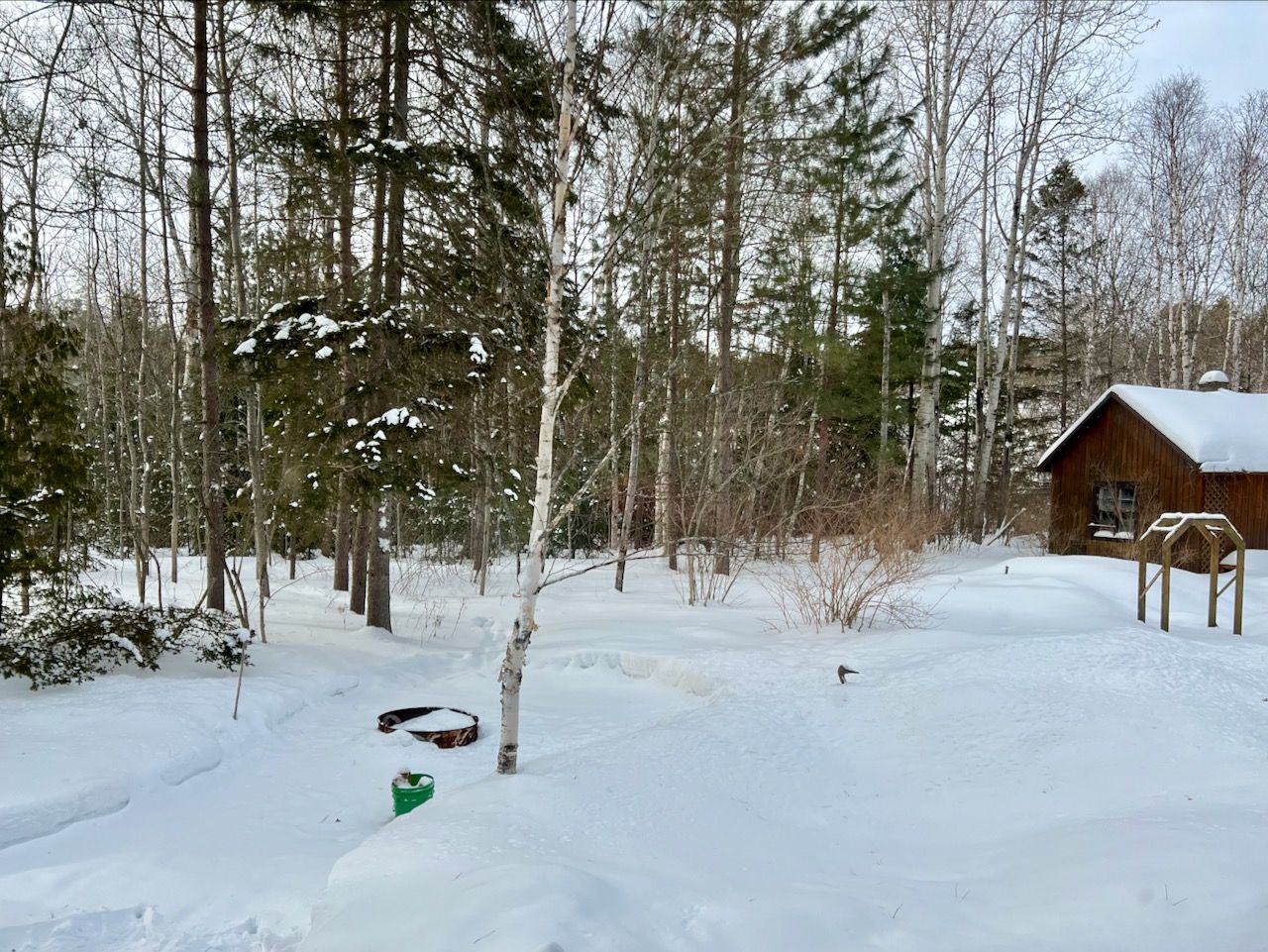Maackia 010: Design begins with words
Hi! I’m Nathan Langley and this is Maackia, a monthly newsletter on words!

Indifference towards people
and the reality in which they
live is actually the one and only
cardinal sin in design.
– Dieter Rams (Dieter Rams: As Little Design as Possible)
I have been working on a new project for the website and have been thinking a lot about method. Since I have my brain, I have been stuck picking apart what I do and why I do it. Figures (ha!). Luckily, getting bogged down like this forces me to do two things: read more from the people I admire, and try to ignore my internal narrative and focus on the work at hand.
Last year I took a deep dive into the work of Piet Oudolf. While I respect his gardens and what he has accomplished as a designer, I have been hesitant to incorporate too much of his methodology into my own process for one specific reason: his gardens require a lot of maintenance and knowledge about plants. There is an incredible diversity of colour and form in his perennial gardens. If you have the time and patience to learn, work with, and enjoy a garden like that, great! But I don’t have that kind of time, and I have a feeling that most of my clients don’t either. In fact, I know they don’t. “I’m not a gardener” is a common phrase I hear when meeting with people for the first time. How can I possibly sell the idea of spending a large chunk of spare time weeding and tending to gardens when my clients are raising small families, working non-stop, or helping other family members as they get older?
I think studying Oudolf’s work was still a worthwhile endeavour, but I have been drawn back to revisiting my main archetypes and their words. You guessed it: Dieter Rams and Jony Ive.
… the aesthetic quality of a living environment or a single object is rooted in a calm that comes from harmony, not in the stimuli of pronounced forms and colours
– Dieter Rams (Less, but better; pg 141)
Calm. Harmony. A rejection of stimuli through pronounced forms and colours. How do I rectify this statement with garden design?
Language is so powerful… If I’m going to design a chair, think how dangerous that is. Because you’ve just said chair, you’ve just said no to a thousand ideas.
This is where it gets exciting… You have an idea — which is unproven and isn’t resolved, since a resolved idea is a product — and the only tangible thing about the idea are the problems.
– Jony Ive (WSJ Magazine)
Garden. I used the word garden! I immediately put boundaries around what I am doing without realizing it.
So let’s take a step back. What am I actually doing? Based on previous reading, solving problems should be the foundation of any design. Let’s assume it is (for now) and use my garage foundation issue as an example. Half of my house sheds water at a single point, and it’s causing issues on a block foundation that wasn’t properly sealed. I could spend time and money fixing the foundation properly so that it has a proper water and insulation barrier (which I will have to do at some point anyway), but that still leaves me with the watershed issue.
As you may remember, my mind immediately went to creating a rain garden. Of course, that’s what I will do!
Luckily, before I went too far down this path, I did a simple test: I measured how quickly water infiltrates into the ground where I wanted to put the rain garden. It turns out that I may have a soil problem too! The water infiltrated 6” in 45 minutes. That is far too quick for a rain garden! But on the flip side, I don’t need to go out of my way to hold the water in a small area so that it can infiltrate slowly. I just need to move the water in a better direction away from the garage.
But I am a garden designer! Surely, I would want to add a new garden anyway…
In a world which is filling up at a disconcerting pace, that is destructively loud and visually confusing, design has the task in my view to be quiet, to help generate a level of calm that allows people to return to themselves. The contrary position is a design that strongly stimulates, that wants to draw attention to itself and arouse emotions. For me this is inhumane because it adds in its way to the chaos that confuses, numbs and lames us.
–Dieter Rams (Less, but better; pg 145)
Back to the drawing board!
This is where I currently find myself. Where do I go from here? I would rather not add to the visual noise of my surroundings needlessly. I also don’t want to add more work and upkeep to my day if I don’t have to — I just don’t have the time to keep up with it all right now.
So let’s return to this quote:
Indifference towards people
and the reality in which they
live is actually the one and only
cardinal sin in design.
– Dieter Rams (Dieter Rams: As Little Design as Possible)
How do I live in my space?
In the winter time, the use of my surroundings is somewhat limited due to the amount of snow. Luckily, my house has numerous tall windows that look out into the yard and adjacent bush. I’ve even used the snowblower to create a small strolling pathway that connects the front and backyards.
So, I look outside through a few specific windows a lot, and I occasionally take a stroll on my trail through my front and backyard.
It doesn't seem like much, but it’s a start. Maybe I should learn more about Japanese garden design and how the create their static and strolling gardens…
n

design prompt 1: Looking Out
After a welcome holiday break, I have been reflecting on this newsletter and what I aim to do with it each month. I had landed on garden recipes being the consistent thread through each newsletter last year, but I have been wondering whether I should stop there or reach a bit further.
The purpose behind the recipes was two-fold: to help stimulate ideas for you in your yard, and to give me a space free of constraints to experiment with different plant combinations. I know they helped me creatively throughout the year, but I’m not sure if they are as helpful to you as I thought they would be. There are just too many steps missing from the recipe to be useful if you actually wanted to create something. So instead of sharing garden recipes, this year, I would like to focus on providing a design prompt each month.
What do I mean by a design prompt? Let’s return to thinking about windows.
I have two windows in my kitchen that I look through a lot: the one over the sink, and the one next to the kitchen table. I am starting to believe this is where home garden design should start: your windows. I am lucky in that I don’t necessarily need a fancy perennial garden to catch my interest as I back onto crown land. I see all sorts of excitement each day (most recently a marten coming into the yard as it followed rabbit tracks through the snow). But, like most things, the view could be improved. The hard part is figuring out what that means. But we can work on that.
Your design prompt for the month:
Identify the primary viewpoint from inside your house where you find yourself looking outside. What do you see? How often do you look out this window?
If you don’t find yourself looking out a window very regularly, stop and think about why that is. Would you look outside more if the view were to change?